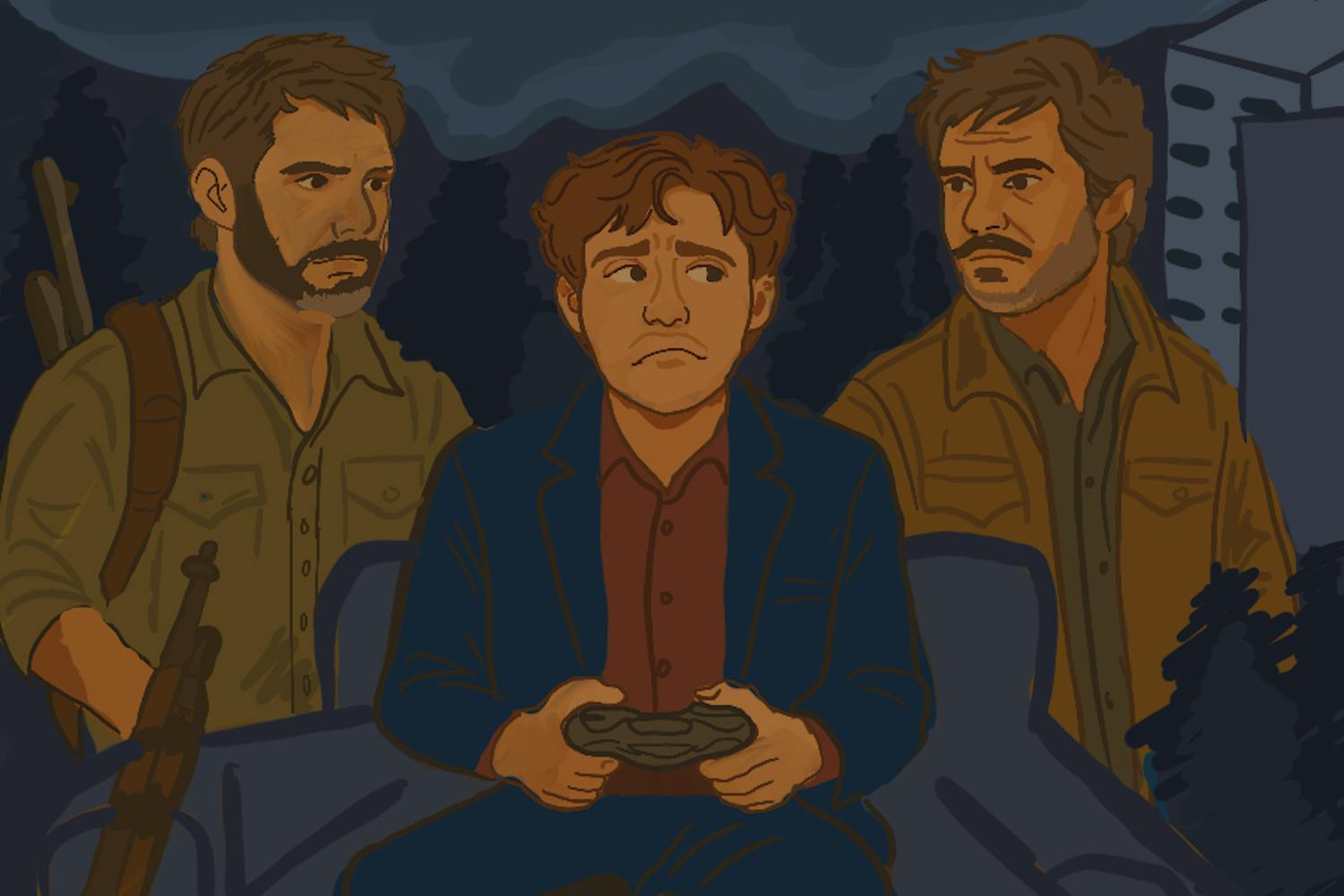“Child of Eden” 4.5/5 Pitchforks Xbox 360 Released on June 14, 2011
Eliciting a genuine positive emotional response from players while they are actively participating in a video game is a struggle for many games.
When it does occur, it’s usually driven by meticulously crafted characters supported by fantastic voice actors, and certain sequences in the game. Even then, frequently the feelings of cheerfulness quickly subside. However, in Q Entertainment’s new music-rhythm shooter, “Child of Eden,” happiness isn’t derived from relatable characters, or defeating a particularly difficult boss; on the contrary, it’s simply another part of the game.
Through Creative Director Tetsuya Mizuguchi’s concept of Synaesthesia, “Child of Eden” is essentially a video game anti-depressant – especially when using Kinect. I couldn’t feel anything but awe and happiness while synchronizing my physical movement alongside the addicting electronic music and strikingly colorful visuals.
“Child of Eden” is a music and rhythm rail-based shooter that’s almost played like conducting an orchestra. It’s an incredibly euphoric experience, in which, if using Kinect, a player’s physical movement depicts the game’s sound and visuals. It’s a rare gem that’s not only intuitive and fun, but feels good to play.
The game takes place in the cybernetic world of Eden, an allegory for the future internet. Within Eden, a project to reproduce a human personality had been undertaken, and Lumi, the first child to be born in outer-space, was selected to have her characteristics revived within Eden’s archives.
However, during Lumi’s creation, all of Eden became infected with a memory-destroying virus and jeopardized the archive of mankind’s history.
The game’s objective is simple: save and purify the metaphoric world of Eden by destroying the viruses and restoring its peace and beauty.
Players have three weapons at their disposal to purify five distinct stages: a rapid-fire tracer gun, the lock-on Vulcan shooter, and a limited use area-of-effect move called Euphoria.
Being limited to three weapons in the game may sound like a drag, but the lack of armament variety is quickly lost in a sea of rich sound and a gorgeous array of colors as every enemy in the game has a distinct tone and visual presence when stricken by a weapon.
Therefore, each time a round interacts with a virus a new sound and color is created.
By using different weapons during each encounter each person’s experience will be unique.
When playing “Child of Eden” with a controller, each move has a dedicated button, and purifying archives gives a vibrational feedback.
Playing through the five realms within Eden with a controller was very satisfying, but it can’t compare to physically traversing the archives with Kinect.
It took me about three failed attempts in the first stage before I got the hang of how to play with Kinect, but once the edges were smoothed out, the controller-less system was very intuitive and brought an entirely new aspect to the game.
Kinect accurately tracked wherever my hands were and displayed a reticle where I was pointing. My left hand controlled the tracer, and changed the reticle purple, and my right the Vulcan, which made the reticle blue. By either clapping my hands, or moving one hand in front of the other, the weapons would switch to what was assigned to the foremost hand. Raising my arms as if at the peak of a roller-coaster activated Euphoria.
The Vulcan shot was easily the more enjoyable weapon, because after it locks onto a cluster of viruses the reticle becomes a solid blue ball, and by flicking my wrist or thrusting my arm forward the smart-bomb was released.
The only disappointment I found with using the Kinect option is the lack of an easily accessible pause option.
Performing the 45-degree pose with my left arm that pauses all Kinect games worked, but because of the game’s fast pace and accurate hand tracking, the system didn’t recognize the pause until I was nearly dead, or too many infections got passed me to make continuing viable.
The biggest drawback of “Child of Eden” is its length. A successful run in each of the five stages only takes between 14 and 20 minutes to complete. Once I figured out the basic structure from each level, at normal difficulty the game was cleared in less than two hours.
However, the game isn’t easy by any means, and more challenging difficulties can be unlocked. Plus, numerous visual filters that give the game an entirely different feel can be activated in the options menu after earning them.
Although it’s short, “Child of Eden” is a unique and surreal voyage bursting with a lot of emotion, feeling, and drama.
Reach the reporter at tdmcknig@asu.edu



